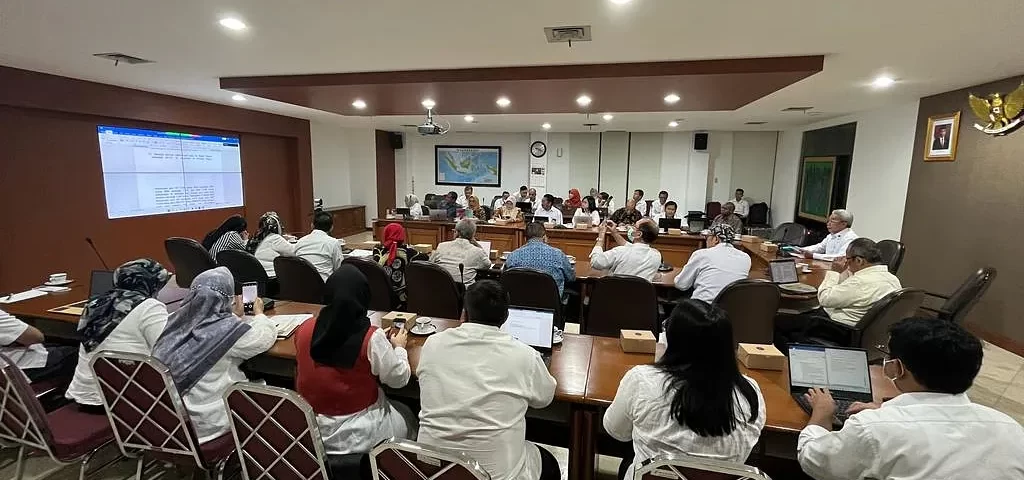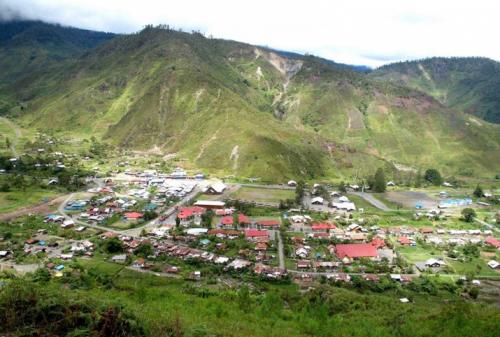
Papua Archaeology Center researchers managed to find culinary artifacts in Khulutiyauw Hill, Abar Village, Ebungfauw District, Jayapura Regency. The artifact allegedly served as a cooking tool for fish pressure in earthenware.
Archaeologist from the Papua Archaeological Center, Hari Suroto, explained that the findings showed that culinary knowledge of soft barb cooking fish had been known since prehistoric times.
“Based on the context, the findings are in the form of megalithic remains about 1600 years ago in Lake Sentani,” he said when contacted, adding that pottery culture began to be known in Papua since 3,000 years ago.

The artifact was in the form of a round and flat stone, with a diameter of about 10 cm, and was found with pottery fragments found on almost the entire surface of Khulutiyauw Hill.
As is known, Hari said, Khulutiyauw Hill is located on the edge of Lake Sentani in the south or west of Abar Village. In that region there is a Sentani tradition known as black soup fish or hebehelo.
“Hebehelo culinary is in the form of lake fish presso with earthenware containers seasoned with leaves and keladi,” Hari said, adding that only bete type taro is used as a spice in the form of leaves and small purple stems.
The archaeologist who graduated from Udayana University also told how to cook the menu. The trick, prepare an earthenware container whose inside has been placed woven bamboo as a base. Then, also prepare the stems and leaves of taro to smoke in the fireplace.
On top of the woven bamboo, cleaned fish were placed. Before the tilapia fish was known, cooked fish in the form of black snakehead fish or kayou (Eleotrididae Oxyeleotris heterodon) and red snakehead fish or kahe (Eleotrididae Giuris margaritacea). “After that, add enough water and salt.”
Then, on top of the fish was placed the stems and dried taro leaves. On the upper surface of the foodstuff, a flat round stone was also placed for cover as well as a press. Earthenware containers filled with fish are heated over the coals for about two hours.
In addition, salt and taro rod seasoning will penetrate into the fish which will make the fish feel tender to the bone. “It tastes, of course, good,” Hari added.
The use of taro stems and leaves is a form of local wisdom passed down from generation to generation in Sentani. Apparently, the stems and leaves of purple taro contain polyphenols that are proven to lower cholesterol.
Meanwhile, Sentani snakehead fish does have a high fat content, so to balance it used the stems and leaves of keladi. “Keladi is a type of plant that was first planted in prehistoric times, 8,000 years ago in Papua and Papua New Guinea,” Hari said.
Author: JS
Travel Vlogger, Journalist,


















